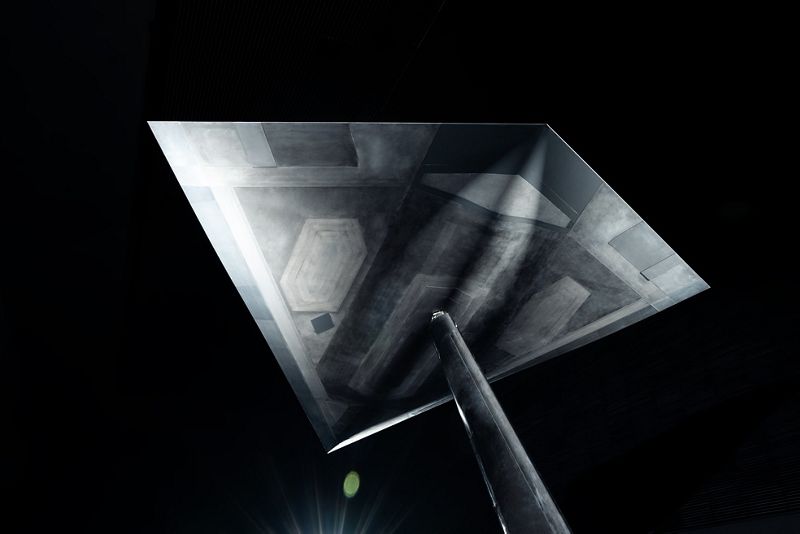Here’s A quick Analysis of LOUT, “a holistic platform approach to stealth, covering Signature Reduction, Electromagnetic Emission Control, Electronic Countermeasures” developed from 2007 in a “Skunk Works approach”.
On November 5, 2019, during its Trade Media Briefing 19 at the company’s facilities in Manching, Germany, Airbus unveiled its secret Low Observable UAV Testbed (LOUT).
The testbed, is 4-ton diamond-shaped Unmanned Aerial Vehicle, that was developed by Airbus as part of a project that started in 2007: LOUT was then contracted by the German MoD in 2010 as a VLO ground testbed for demonstration of wideband signature reduction technologies.
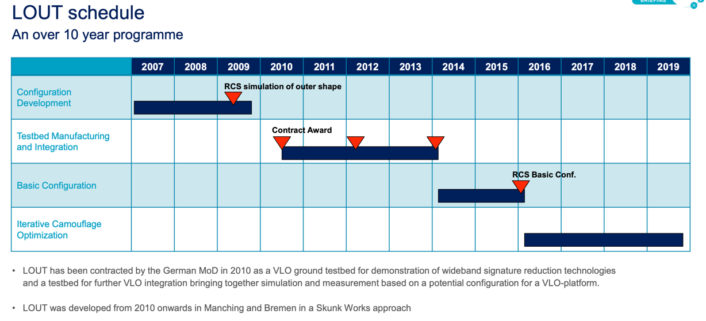
The demo article is destined to provide a valid contribution to the development of FCAS, the Franco-German Future Combat Air System (FCAS)/ Système de Combat Aérien Futur (SCAF); a 6th generation stealth fighter aircraft designed to replace Rafale and Eurofighter whose first mock-up was unveiled at Paris Air Show 2019, last June.
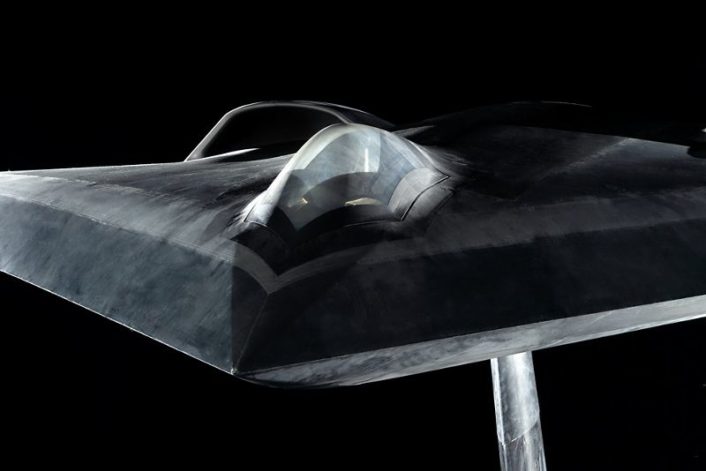
According to Airbus, the German LOUT demonstrator was developed with a holistic approach to stealth so that it could address the three domains of capabilities LO platforms must feature: reduced Radar, Visual, IR and Acoustic signatures; ability to employ Electronic Countermeasures; and ability to perform Emission Management, so that it can reduce detectability of the onboard sensors.
In terms of shape, the LOUT model is particularly interesting. Its diamond is the result of several previous configurations being considered and elaborated.
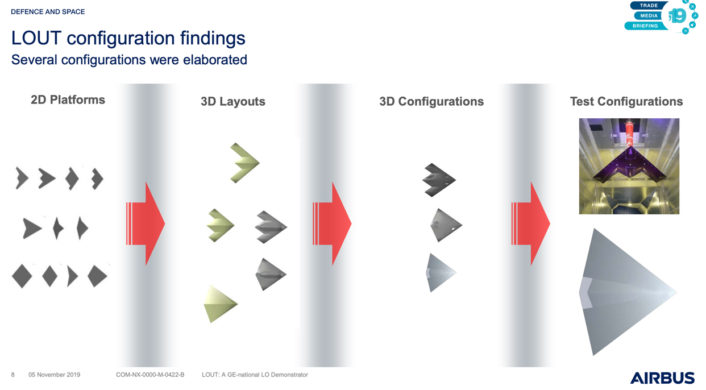
The test article features multispectral stealthiness, obtained thanks to a VLO configuration said to support Radar, IR, visual and acoustic Stealth; the aircraft also features an integrated flat nozzle, although Airbus is investigating various LO compatible thrust vector control options as well as the possibility for cooling structural parts so that the overall IR signature is controlled. LOUT has also an interesting and modern dverterless engine inlet “with very low RCS”, with a broadband leading edge LO design and duct made of radar absorbing structure. Some of the most interesting things included in the company’s presentation of LOUT are the contributing LO coatings, including “shielding of transparencies, optically transparent and electrically conducting” as well as Surface Wave attenuation to decouple mutually spaced scattering effects.
Interestingly, the photos released by Airbus show what is clearly a transparent canopy, that could suggest an optionally manned version of LOUT is being developed as well. However, the canopy is not indicative of a manned function but was used to test stealth properties of various transparencies.
The more astute among you will notice a canopy on the @AirbusDefence #LOUT unmanned stealth demonstrator. Told to test stealth properties of various transparencies, rather than indicative of a manned function. Vehicle designed to be LO against ground-based threats… pic.twitter.com/jSv7DW7CyG
— Gareth Jennings (@GarethJennings3) November 5, 2019
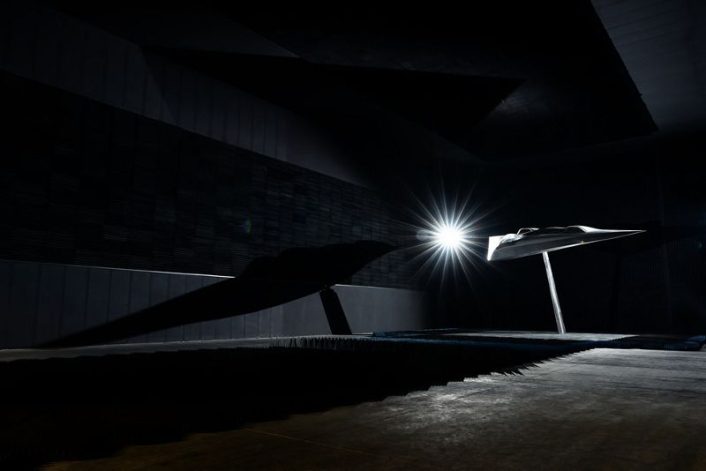
As mentioned the stealth aircraft is a classified (until today) ground-based testbed to demonstrate signature reduction, LO coatings and other technologies that could make their way to other projects, including FCAS. Surely it seems a serious and credible attempt at developing a really stealth UAV as it seems to embed some features crucial to wideband Low Observability. Still, it is just a demonstrator and the road to make a ground-based test article an efficient and actual stealth drone is probably quite long and difficult.

